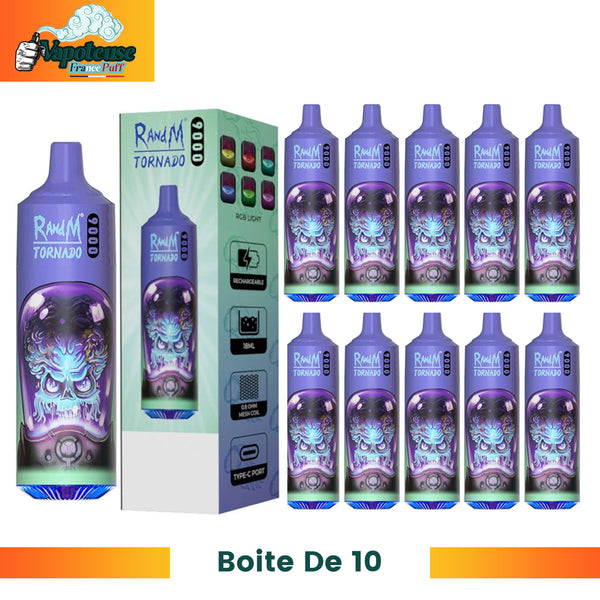How does the manufacturing process of ACSR conductors influence their performance in various environmental conditions
ACSR conductors, known for their combination of aluminum and steel, are integral to electrical transmission and distribution systems. Their design and manufacturing processes are critical to their performance across various environmental conditions. Understanding how these factors interplay is vital for engineers and manufacturers in ensuring the suitability of ACSR conductor for specific applications. This discussion will focus on the manufacturing process, the influence of material selection, environmental considerations, and how these elements contribute to the performance of ACSR conductors.
1. Material Selection and Composition
The performance of ACSR conductors begins with the selection of materials. ACSR conductors consist of multiple layers of aluminum strands wrapped around a steel core. The aluminum used is typically high-purity aluminum (99.5% or greater) to maximize conductivity. Steel is added to provide strength and resistance to mechanical stress. The proportion of aluminum to steel varies depending on the specific design requirements of the conductor.
Impact on Performance:
- The choice of aluminum alloy affects conductivity and corrosion resistance. Pure aluminum is preferred for its excellent electrical properties, while specific aluminum alloys may be used to enhance mechanical strength.
- The steel core’s composition influences tensile strength and resistance to sagging under its weight, which is crucial in ensuring the conductor maintains its integrity over long spans and through adverse weather conditions.
2. Manufacturing Process
The manufacturing of ACSR conductors involves several key steps, each of which can affect the conductor’s overall performance:
- Wire Drawing: This process reduces the diameter of both aluminum and steel wires to achieve the desired gauge. The consistency of the wire diameter is essential for ensuring uniform electrical properties and mechanical strength.
- Stranding: After drawing, the aluminum wires are stranded around the steel core. The stranding process must ensure that the aluminum is tightly wound around the steel without damaging the wires. This tight stranding enhances electrical contact between the aluminum and steel, which is essential for effective performance under load.
- Final Processing: After stranding, the conductors may undergo additional treatments such as heat treatment or surface coatings. These processes can enhance resistance to environmental factors, such as moisture and oxidation.
Influence of the Manufacturing Process on Performance:
- Variability in wire diameter during the drawing process can lead to inconsistencies in electrical resistance and mechanical strength.
- Poor stranding can result in uneven load distribution, increasing the risk of wire breakage or reduced performance under load.
3. Environmental Conditions
ACSR conductors are often exposed to a variety of environmental conditions, including temperature fluctuations, humidity, UV radiation, and corrosive atmospheres. Understanding how these conditions affect ACSR conductors is critical for their performance.
- Temperature Fluctuations: Conductors can experience thermal expansion and contraction. The design must account for the maximum and minimum expected temperatures in the installation area to prevent mechanical failure.
- Humidity and Corrosion: ACSR conductors can be susceptible to corrosion, especially in coastal or industrial areas where salt and pollutants are present. The manufacturing process must include corrosion-resistant treatments, such as galvanizing the steel core or using coatings that prevent oxidation of the aluminum.
- Mechanical Stress: Factors such as wind load, ice accumulation, and weight of the conductor itself contribute to mechanical stress. The design must incorporate appropriate tensile strength to withstand these conditions without sagging excessively or breaking.
4. Design Considerations
During the design phase, engineers must consider several critical factors to ensure that ACSR conductors meet the demands of their specific applications:
- Load Requirements: The conductor must be designed to carry the expected electrical load while accounting for peak demands that could occur during events such as a heat wave or electrical surge.
- Span Lengths: The distance between support structures (such as transmission towers) directly affects the choice of conductor size and type. Longer spans require conductors with higher tensile strength and lower sagging characteristics.
- Local Regulations and Standards: Compliance with national and international electrical standards is crucial. These standards often dictate the minimum performance requirements for conductors, including their ability to withstand environmental conditions.
- Installation Environment: The choice of conductor type may differ based on whether it is installed in urban areas, rural regions, or extreme environments (such as mountains or coastal regions). Each of these environments presents unique challenges that must be addressed in the design process.
5. Quality Control and Testing
Quality control is paramount in the manufacturing of ACSR conductors to ensure they meet the required standards. Various tests are conducted throughout the manufacturing process to verify material properties and performance characteristics:
- Mechanical Testing: This includes tensile strength tests to ensure the conductor can withstand expected loads and fatigue testing to determine its lifespan under repeated stress.
- Electrical Testing: Conductors undergo resistance tests to ensure they meet conductivity specifications. The performance of the conductor in real-world conditions can be predicted through these tests.
- Environmental Testing: Testing under simulated environmental conditions (such as high humidity, salt spray, and temperature extremes) can help manufacturers identify potential failure points and make necessary adjustments in the manufacturing process.
6. Performance Monitoring
Once ACSR conductors are installed, ongoing monitoring can be essential for ensuring long-term performance. Advanced technologies such as fiber optics can be integrated into the conductor to monitor temperature, strain, and electrical performance in real time. This data can inform maintenance schedules and identify potential issues before they result in failure.
Conclusion
The performance of ACSR conductors in various environmental conditions is a complex interplay of material selection, manufacturing processes, design considerations, and ongoing monitoring. By understanding these factors, engineers and manufacturers can ensure that ACSR conductors are suitable for their intended applications, providing reliable performance in the face of diverse challenges.
Through careful attention to each stage of the conductor’s lifecycle—from material selection and manufacturing to design and performance monitoring—stakeholders can enhance the efficacy and longevity of ACSR conductors in electrical transmission and distribution systems.













Post Comment